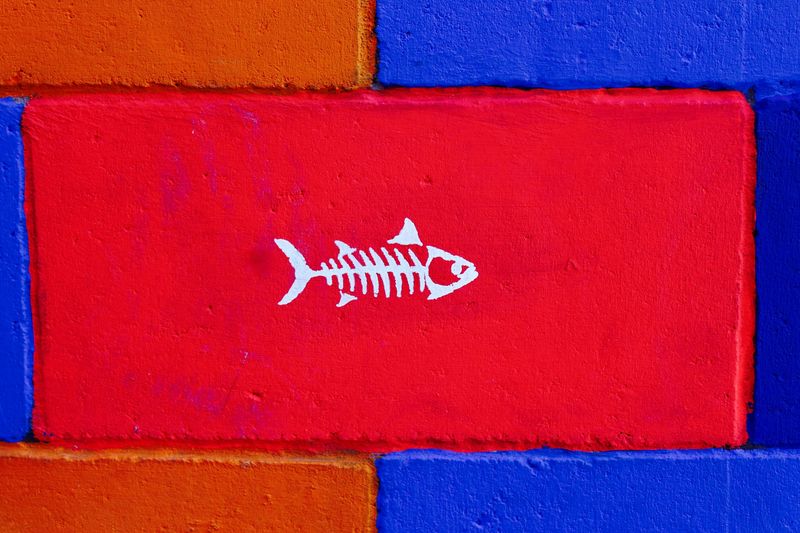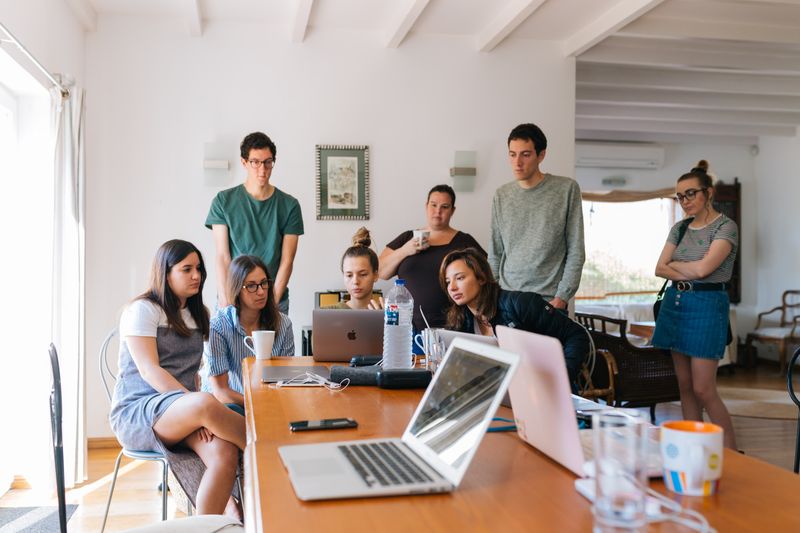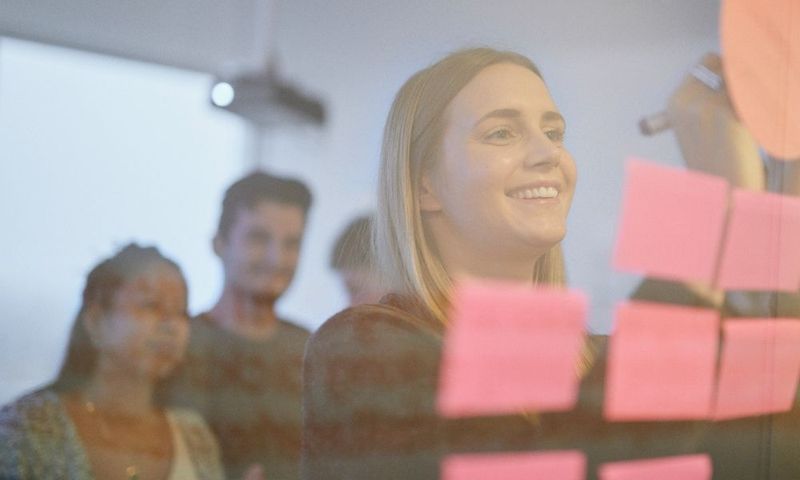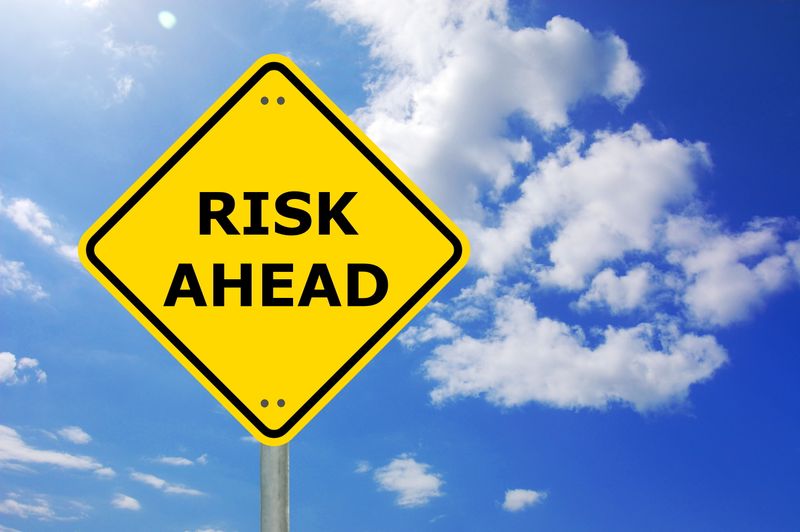-
 column-based
column-basedDAKI Retrospective
• -
 column-based
column-basedIshikawa Fishbone Retrospective
• -
 column-based
column-based4 Ls Retrospective
• -
 column-based
column-basedHot Air Balloon Retrospective
• -
 other
otherKALM Retrospective
• -
 column-based
column-basedLean Coffee Retrospective
• -
 other
otherPeaks and Valleys Retrospective
• -
 column-based
column-basedLoss Gain Pleasure and Pain Retrospective
• -
 other
otherPlus-Minus-Delta Retrospective
• -
 column-based
column-basedPre-Mortem Retrospective
• -
 other
otherRose, Thorn, Bud Retrospective
• -
 column-based
column-basedMad Sad Glad Retrospective
•